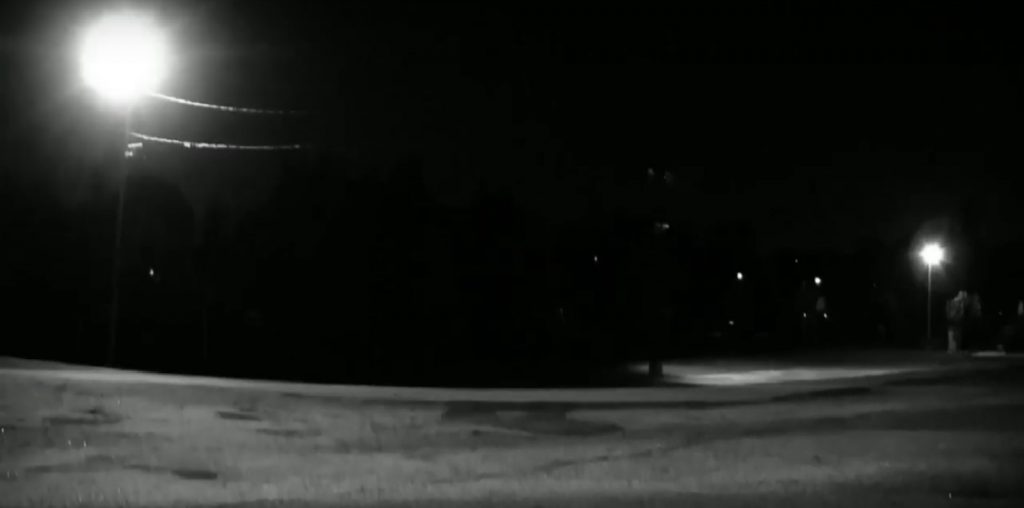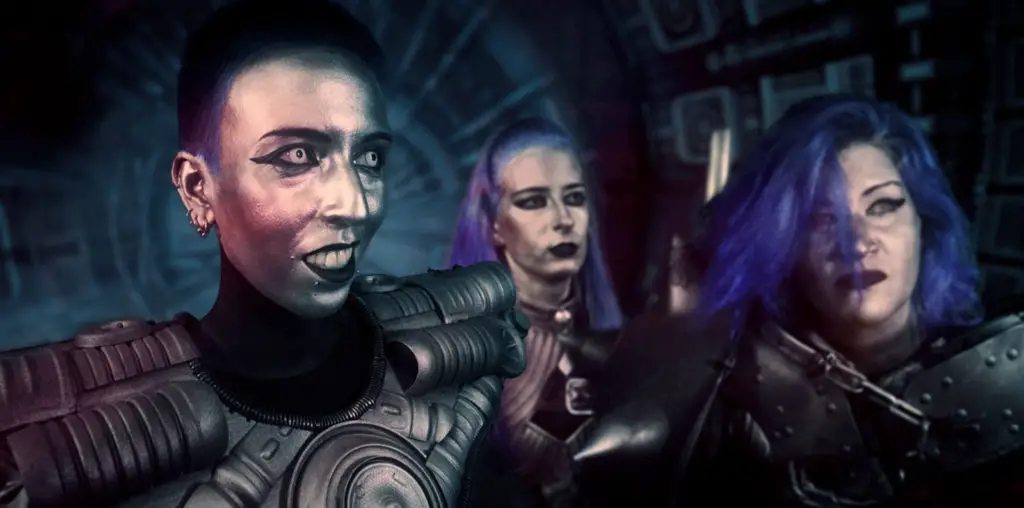
Last Thursday, June 30, 2011, at 1:26 PM and 1:27 PM, my wife and I became parents to amazingly perfect twins girls; Lena and Zoe, Zoe and Lena. I’m listing their names in two orders, just so when they are old enough to read Film Threat, they’ll know their daddy didn’t favor one over the other.
Yesterday, the morning of The Fourth of July, I held my four-day-old twin daughters on the day our beloved country celebrates its 235th birthday, and I pondered what to focus on for this Going Bionic article. Then, just as little Lena yawned and looked up at me ever so briefly, it hit me: Family Films! So, in honor of my little newborn angels Lena Anais Zaidi and Zoe Milan Zaidi, this week’s article is about how to develop sellable family films.
Thus, without further ado, here are some key elements to consider when you are developing family films.
Define What A Family Film Is
For decades, the words “family film” were synonymous with Disney created, “G” rated films. But, in the 1990’s, PG-13 smash hits like Mrs. Doubtfire (1993) and Liar, Liar (1997) redefined what a family film is. Suddenly, studios had a social license to write more adult oriented themes into their “family films,” and increase the ratings from “G” to “PG” and “PG-13.” This was a significant move in the evolution of family films, because they became films for all members of the family, and not just the children.
Less Than Perfect Families Are Perfect On Screen
One of the most common mistakes made when developing family films is how the family unit is depicted. Just because you’re developing a family film, doesn’t mean the characters in the family have to live perfect lives (married parents with perfect jobs and even more perfect personalities). The more realistic your family is written, the easier it is for audiences to connect with your film. Thus, writing single parent families (due to divorce or death of one of parents) or families with same sex parents is not only common, it’s preferred. Remember, we have a 58% divorce rate here in America, and same sex families are a natural fabric in our society these days, so depicting these families will connect to the masses.
Kids Today Don’t Talk Like Kids
This is the single biggest mistake made by novice writers. Simply put, most kids today don’t talk like kids; they talk like adults with bad sentence structure. Only very young children actually talk like what many writers imagine young kids talk like. Remember, today’s kids are growing up in the internet, smart phone, satellite TV age when information can be created, processed, transferred, visualized and experienced from one far corner of the Earth to another, within seconds. Thus, kids today are exposed to adult oriented language and phrases (not necessarily profanity) at a much earlier age.
Write For Parents As Much As For Children
One of the most effective ways to appeal to mass audiences with family films is to write for the parents as much as for the kids. Remember, the parents, not the kids, drive the car to the theater, buy the tickets, popcorn, Milk Duds, and other wildly unhealthy but wonderfully tasting junk. Thus, getting the adults actually interested in seeing your film will sharply increase your overall ticket sales.
Two excellent examples of writing for the parents (and or parent guardian) are Muppets From Space (1999) and The Toy Story Series of Films (1995, 1999, 2010). Of course there are tons of examples out there, but these two films stood out.
- Muppets From Space (1999)
While all Muppet movies are infused with incredibly good writing that showcases adult-oriented innuendos, one scene in the Muppets From Space not only pushed the envelope, it tied a jetpack to that envelope and launched it into space.In the opening sequence of the film, Muppet character Gonzo has a nightmare that Noah doesn’t let him on the Arc, (yes, Noah’s Arc), because there isn’t a second creature like him. Then, when Gonzo wakes up screaming, his buddy Rizzo, (another Muppet) asks him about the nightmare. Here’s the exchange after Gonzo wakes up screaming:
Gonzo: “I had that weird dream again.”
Rizzo: “Oh yeah? You mean the one with the goat, and the dwarf and the jar of peanut butter.”
Now think of this dialogue and remember that Muppets From Space was rated “G.” Obviously, the film appealed to adults as much as it did children, which is my Muppet movies are treasured by multiple generations.
- Toy Story (1995)
In Toy Story, the actual toy characters in the film were from yesteryear. Cowboy Andy was a popular toy in the 1950’s, while Buzz Lightyear was reminiscent of the early 1980’s. Meanwhile, Mr. Potato Head, Slinky, and Etch-A-Sketch were from the 1970’s. Furthermore, Little Bo Peep was created in 1805 and the Alphabet Blocks were first invented in 1693, and then were first commercially available in 1820. Thus, this film was written for the parents and grandparents, (and living great grandparents for that matter), as much as it was for children.
Use Music That Parents Love
Toy Story and Muppets From Space also did a great job of incorporating popular music from pervious generations in order to keep adults engaged in their story. For example, Toy Story’s, the theme song is Thin Lizzy’s The Boys are Back In Town (1976), and the first song in Muppets From Space is The Commodores funk hit, Brick House (1977). These songs were released 29 and 22 years before the respective films, making them clearly geared to appeal to adults, not children.
Keep The Film Shorter Than a Child’s Attention Span
Most successful family films tend to be shorter in length, usually under 95 minutes. Hugely successful franchises like Toy Story and the Shrek (2001, 2004, 2007, 2010) can afford to make longer films because they have a built-in audience worldwide. But, for a new films, shorter is better since children can only sit relatively still in a movie theater for so long.
Okay, that’s what I’ve got for you in this 60th edition of Going Bionic. I hope everyone had a wonderfully happy, safe and incredibly memorable Forth of July. I know I’m enjoying mine. Now I’m off to hold my daughters Zoe and Lena again, before I go to our roof and watch fireworks shoot over the Pacific Ocean off the Redondo Beach Pier.
As always, thank you for lending me your eyes, and I hope to borrow them again next Tuesday.

